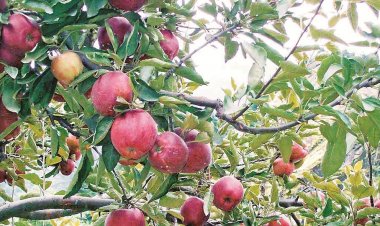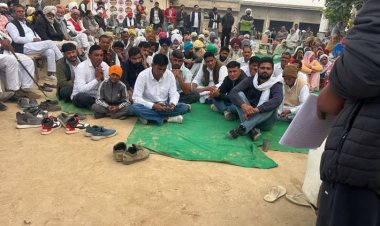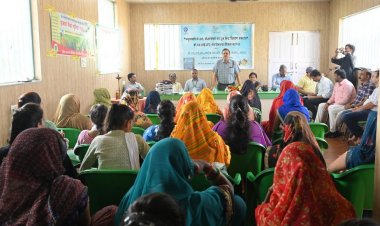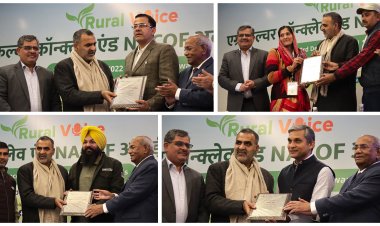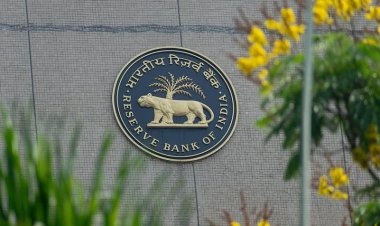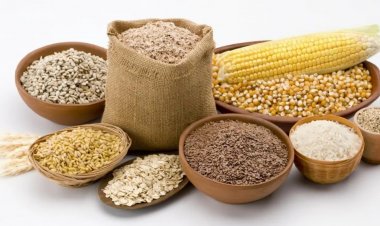Smile returns on the faces of Makhana farmers, Gurri sells at Rs 17,000 a quintal
Kosi, Seemanchal and Mithilanchal regions of Bihar are famous for the cultivation of Makhana (fox nut). It is also called white gold, even food of God. This year, the price of raw makhana has again reached the level of 2021, which has brought smile back on the faces of the farmers. At present, the price of Mukhana Gurri (seeds) is running at Rs 15,000-17,000 per quintal. Due to sharp increase in production last year, the price of makhana gurri or gudiya (raw makhana) fell to an average of Rs 5,000 per quintal, causing huge losses to farmers. And, even at this price it was not finding buyers.
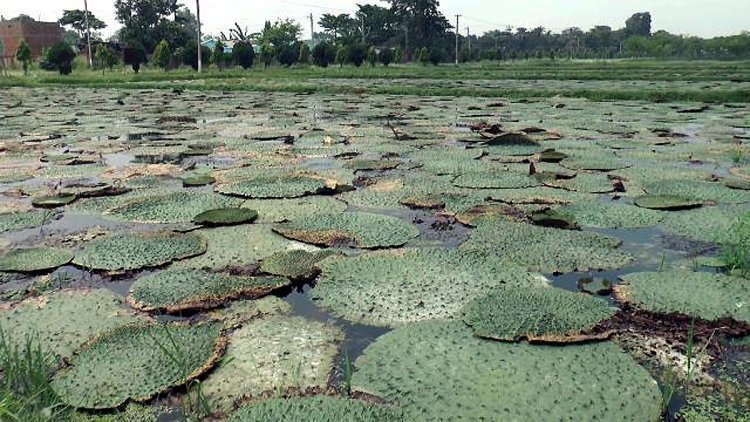
Kosi, Seemanchal and Mithilanchal regions of Bihar are famous for the cultivation of Makhana (fox nut). It is also called white gold, even food of God. This year, the price of raw makhana has again reached the level of 2021, which has brought smile back on the faces of the farmers. At present, the price of Mukhana Gurri (seeds) is running at Rs 15,000-17,000 per quintal. Due to sharp increase in production last year, the price of makhana gurri or gudiya (raw makhana) fell to an average of Rs 5,000 per quintal, causing huge losses to farmers. And, even at this price it was not finding buyers.
In fact, to increase the cultivation and production of Makhana, the Government of Bihar and Central Government have started schemes due to which more and more farmers have been inspired to cultivate it. The profits from Makhana cultivation have also attracted farmers. The government has made plans to increase production but not much attention has been paid to developing the market as compared to production. This is the reason that due to the increase in the area of Makhana last year, there was a sharp increase in the production, then the market price crashed.
One more thing to be understood here is that Makhana cultivation is usually done in potholed land or waterlogged land or in such land in which other crops cannot be sown due to water stagnation all the time. Kosi, Seemanchal and Mithilanchal regions of Bihar have abundance of such lands which are flood prone. But inspired by the government's plans to increase production, farmers started planting makhana by digging pits in those fields where other crops were sown.
The cost of planting Makhana for the first time in such fields is high. In the year 2022, there was a large number of such farmers who, in the greed of higher profits, cultivated Makhana even in two crop or three crop lands. Due to this, production increased but the market price fell significantly and they had to suffer huge losses. Kanhaiya Kumar Mehta, resident of Gadhiya Balua village of Purnia district, headquarters of Seemanchal region, has been cultivating Makhana for the last decade.
He is well aware of the nuances of Makhana farming. He told Rural Voice, “Farmers who had started makhana farming by digging pits in their fields, due to heavy losses last year, distanced themselves from its cultivation this year and planted other crops in those fields to recover from the losses." The lure of profits from Makhana farming had drawn them towards it but the losses dashed their hopes, especially those who had cultivated it for the first time last year. The number of such new farmers was very high in the district. Because of this also, the price had fallen a lot last year. But this year the price has again reached the level of 2021. I have sold raw makhana at the price of Rs 15,000 per quintal.”
Manish Kumar, a businessman associated with makhana processing and Director of 'Farm 2 Factory', says, “Last year it happened after a long time when makhana farmers suffered losses due to falling prices. This year, the price of good quality raw makhana has come down to Rs 17,000 per quintal. Due to this, the smile of the faces of farmers has returned again. If the government wants to promote the cultivation and production of Makhana, then it is necessary to focus on developing the market. Makhana is full of medicinal properties and beneficial for health. More publicity is needed for its use, which will help in increasing its market further.
Although the price of Makhana Gurri has reached the level of 2021, but due to less rains in Bihar this year, the profits of farmers have come down. Especially in the month of June, the Makhana cultivation areas received less than 40 per cent of the normal rainfall. Due to this, the cost of irrigation increased. Actually, it is necessary to always have a certain level of water in the Makhana field. If this does not happen, both yield and quality are affected.
Due to very little rain and extreme heat in June, farmers had to do more irrigation to maintain the prescribed level of water in their fields, which increased costs and reduced profits. The profits of those farmers who have to irrigate through diesel pump sets have declined more. Because of the costlier diesel, his cost of cultivation remained higher than before.
Makhana is sown in February-March and is harvested in July-August. The districts of Kosi, Seemanchal and Mithilanchal in Bihar account for about 90 per cent of the country's total production of Makhana. The remaining 10 per cent production takes place in West Bengal and Odisha. Makhana producing districts of Bihar include Purnia, Katihar, Kishanganj, Araria, Saharsa, Supaul, Madhepura, Darbhanga, Madhubani, Sitamarhi and West Champaran. The biggest mandi of Makhana is in Harda in Purnia district.



 Join the RuralVoice whatsapp group
Join the RuralVoice whatsapp group


















